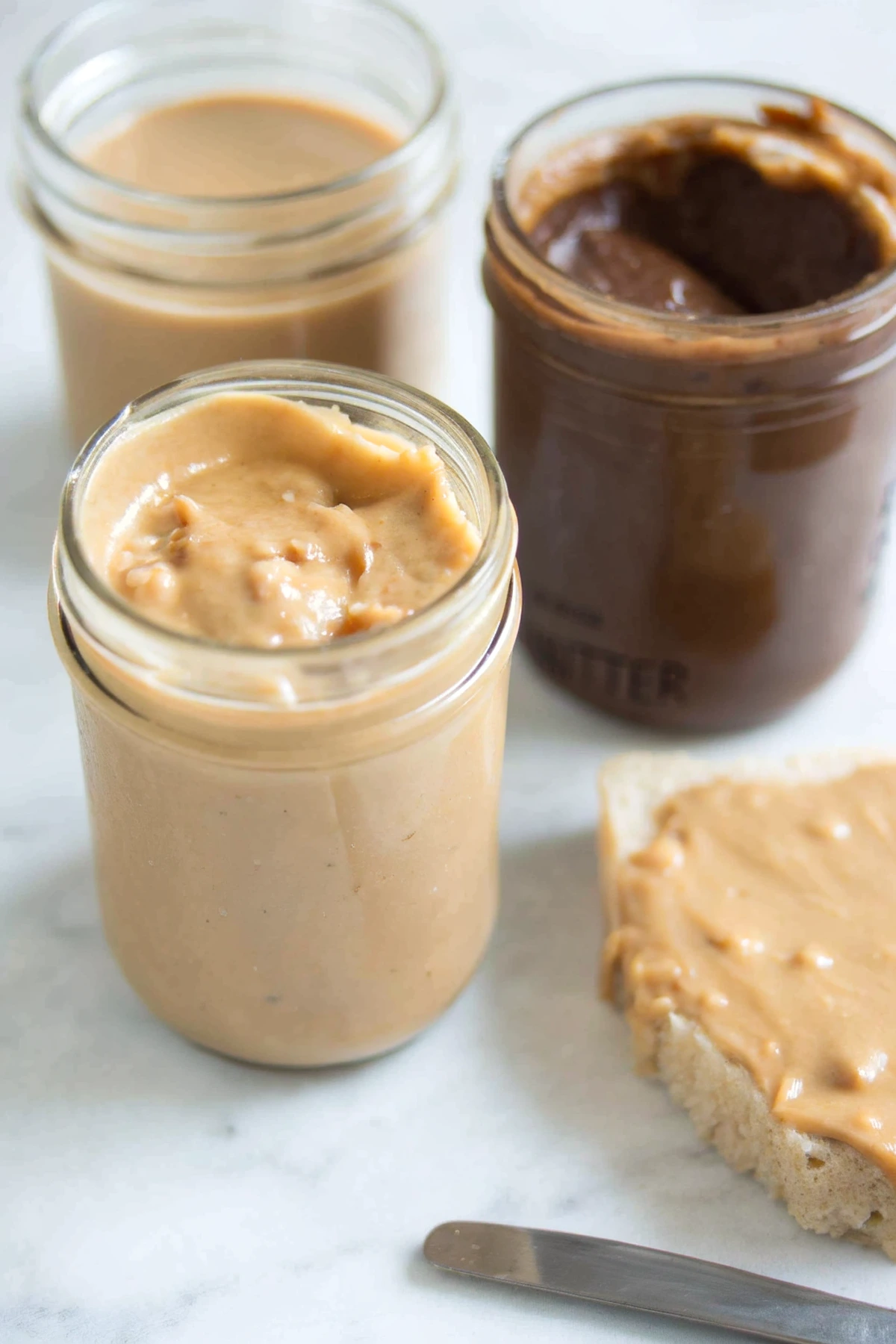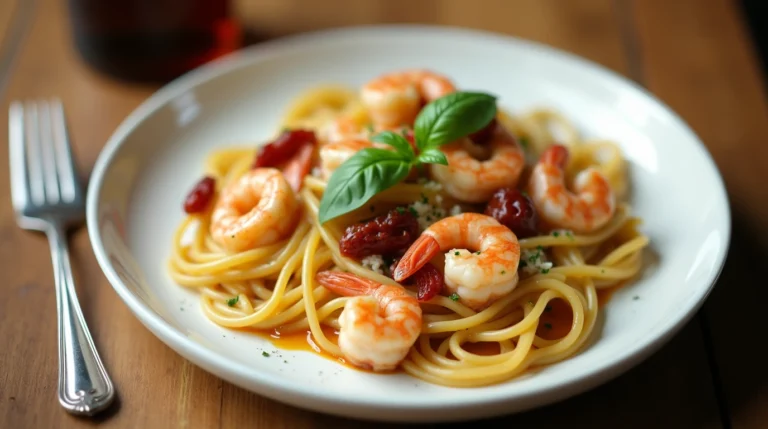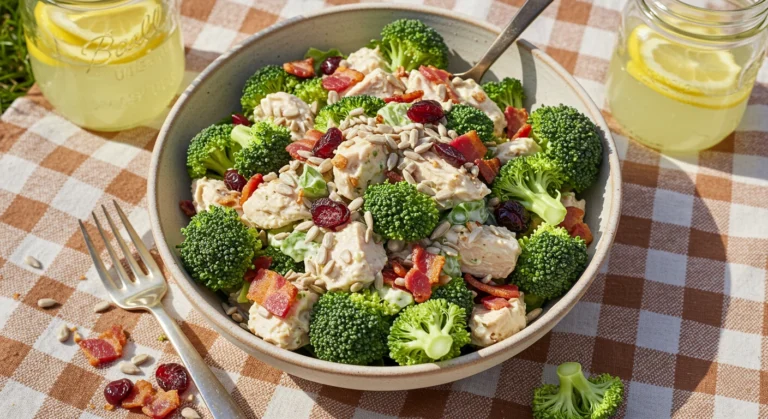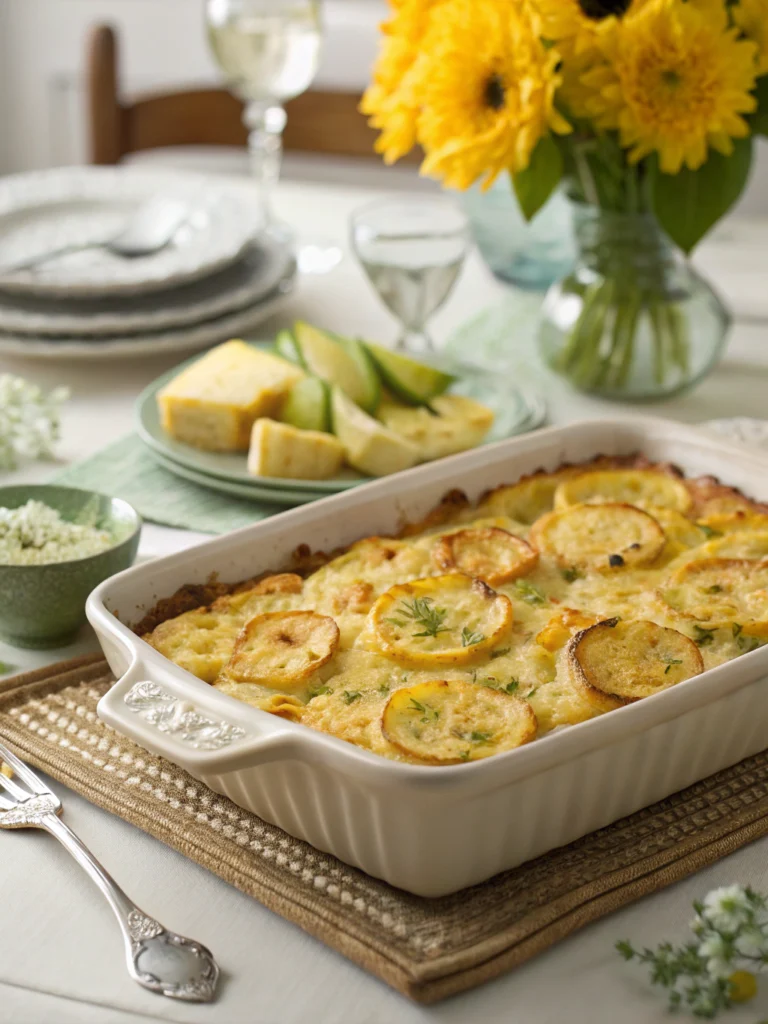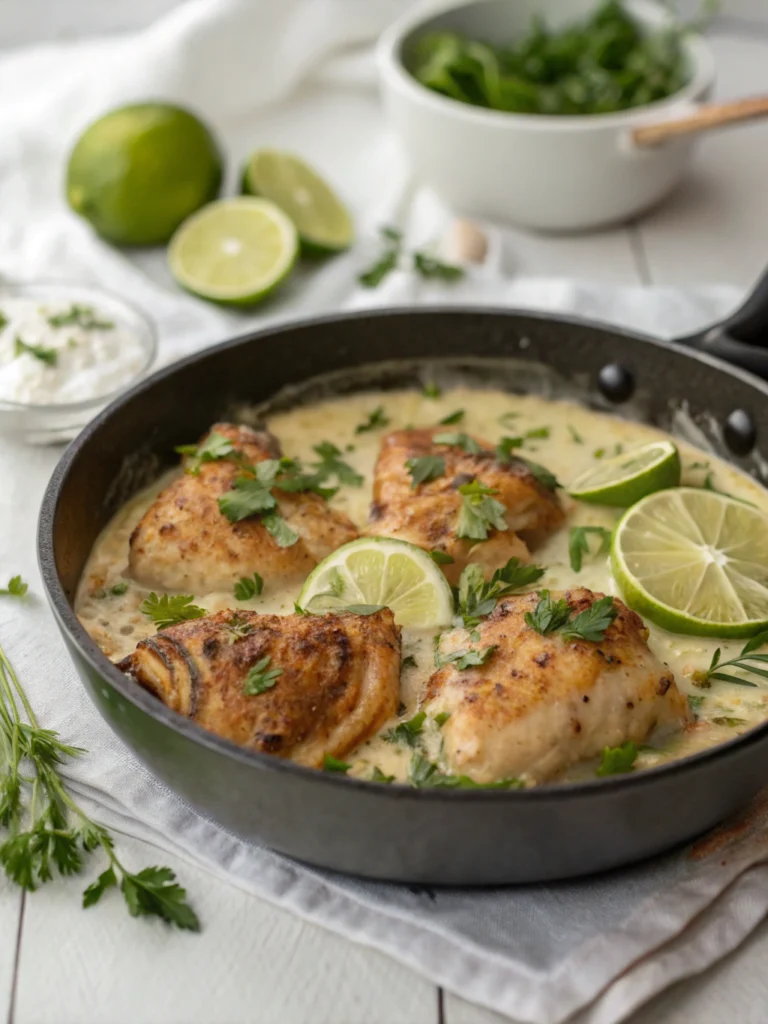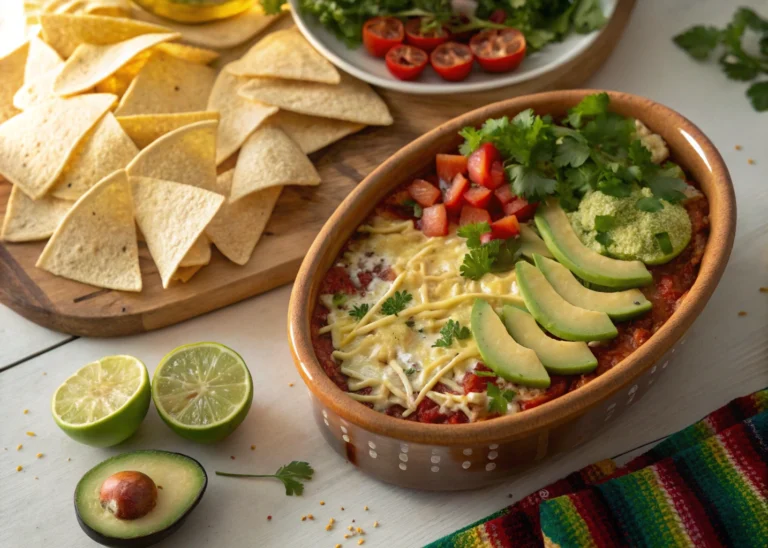Table of Contents
There’s something magical about the moment when roasted peanuts transform into creamy, dreamy peanut butter right before your eyes. I still remember my first time making homemade peanut butter – watching those peanuts go from solid to smooth in my food processor felt like culinary alchemy! Whether you’re tired of store-bought options with their added oils and sugars, or just looking for a fun kitchen project, homemade peanut butter recipes are easier than you might think.
Today, I’m sharing not just one peanut butter recipe, but five delicious variations that will revolutionize your breakfast, snack time, and even dinner (yes, dinner!). The beauty of making your own peanut butter is that you control everything – the texture, the flavor add-ins, and exactly what goes into that jar. Trust me, once you make your first batch, you’ll wonder why you ever settled for the store-bought stuff!
Why Make Your Own Peanut Butter?
Before we dive into the peanut butter recipes, let’s talk about why homemade is worth the (minimal) effort:
- Freshness factor: Nothing beats the aroma and taste of freshly made peanut butter
- Ingredient control: No mysterious additives, just peanuts and whatever else you choose to add
- Customization: Chunky, smooth, sweet, spicy – the possibilities are endless
- Cost-effective: Especially when buying peanuts in bulk
- Bragging rights: “Oh, this peanut butter? I made it myself.” (Cue impressed friends)
The best part? The basic peanut butter recipe requires just one ingredient and about 10 minutes of your time. Let’s get blending!
Essential Equipment for Perfect Homemade Peanut Butter
Before jumping into your peanut butter-making adventure, let’s make sure you have the right tools:
- Food processor or high-powered blender: Your most important tool for making the best peanut butter. While a standard blender can work in a pinch, a food processor or high-powered blender like a Vitamix will give you the smoothest results with less frustration.
- Spatula: For scraping down the sides during processing
- Storage containers: Mason jars work beautifully for storing your finished peanut butter
- Measuring cups and spoons: For any add-ins you might want
- Baking sheet: If you’re roasting your own peanuts
That’s it! No fancy equipment required to create peanut butter magic at home.
The Classic Homemade Peanut Butter Recipe
Let’s start with the foundation – a simple, pure peanut butter recipe that will make you question why you ever bought the premade stuff.
Ingredients:
- 2 cups roasted, unsalted peanuts (you can use salted if you prefer)
- ¼ teaspoon salt (omit if using salted peanuts)
- 1-2 teaspoons honey or maple syrup (optional)
- 1-2 teaspoons peanut or neutral oil (optional, for creamier texture)
Instructions:
Start with quality peanuts: If using raw peanuts, spread them on a baking sheet and roast at 350°F (175°C) for 10-12 minutes until fragrant and golden. Let cool for 5 minutes before proceeding. For convenience, pre-roasted unsalted peanuts work perfectly too.
Process the peanuts: Add your peanuts to the food processor. Secure the lid and start processing. Be patient – this is a journey!
Watch the transformation: At first, the peanuts will break down into a coarse meal (about 1 minute), then form a dry ball (around 2 minutes), then transform into a thick paste (3-4 minutes). Keep going!
Keep processing: After about 4-5 minutes, the oils will release and the mixture will become smoother and more liquid. This is peanut butter magic happening!
Add optional ingredients: Once smooth, add salt and any sweeteners if using. Process for another 30 seconds to incorporate.
Adjust consistency: If you want a creamier peanut butter recipe, add oil one teaspoon at a time while the processor is running until you reach your desired consistency.
Transfer and store: Spoon your homemade peanut butter into a clean jar. It will keep at room temperature for up to 2 weeks, or refrigerated for 1-2 months.
The first time I made this basic peanut butter recipe, I kept opening the fridge just to admire my creation. There’s something so satisfying about that jar of golden goodness that you made yourself!
How to Make the Best Peanut Butter: 5 Delicious Variations
Now that you’ve mastered the basic peanut butter recipe, let’s explore some exciting variations that will take your peanut butter game to the next level!
1. Honey Cinnamon Peanut Butter
This sweet and spiced version is my Saturday morning toast’s best friend.
Ingredients:
- 2 cups roasted peanuts
- 2 tablespoons honey
- 1 teaspoon ground cinnamon
- ¼ teaspoon salt
- ½ teaspoon vanilla extract
Instructions:
Follow the basic peanut butter recipe, adding the honey, cinnamon, and vanilla after the peanut butter has become smooth. Process for an additional 30 seconds to incorporate. This variation is particularly delicious on apple slices or swirled into oatmeal!
2. Dark Chocolate Peanut Butter
For when you can’t decide between peanut butter and Nutella – have both!
Ingredients:
- 2 cups roasted peanuts
- 3 tablespoons cocoa powder
- 3 tablespoons powdered sugar (or to taste)
- Pinch of salt
- ¼ cup dark chocolate chips, melted and cooled slightly
Instructions:
Make the basic peanut butter recipe until smooth. Add cocoa powder, powdered sugar, and salt, then process until incorporated. With the processor running, drizzle in the melted chocolate. Continue processing until completely combined and silky smooth. Try not to eat it all with a spoon before it makes it to the jar!
3. Spicy Thai-Inspired Peanut Butter
This savory twist on peanut butter is perfect for noodle dishes, dipping sauces, and more.
Ingredients:
- 2 cups roasted peanuts
- 1 tablespoon lime juice
- 1 teaspoon grated ginger
- 1 teaspoon red pepper flakes (adjust to taste)
- 1 tablespoon soy sauce
- 1 teaspoon honey
- 1 small garlic clove (optional)
Instructions:
Create your basic peanut butter recipe first. Once smooth, add the remaining ingredients and process until well combined. This peanut butter variation keeps in the refrigerator for up to 2 weeks and makes an incredible base for peanut sauce or salad dressing!
4. Maple Pecan Peanut Butter
A sophisticated flavor combination that elevates your peanut butter recipe to gourmet status.
Ingredients:
- 1½ cups roasted peanuts
- ½ cup toasted pecans
- 2 tablespoons pure maple syrup
- ¼ teaspoon salt
- ¼ teaspoon cinnamon (optional)
Instructions:
Process the peanuts and pecans together following the basic recipe method. Once smooth, add the maple syrup, salt, and cinnamon if using. This variation has a complex flavor that pairs beautifully with banana or as a topping for pancakes.
5. Coconut Honey Peanut Butter
Tropical vibes in a jar!
Ingredients:
- 2 cups roasted peanuts
- ¼ cup toasted unsweetened coconut flakes
- 1 tablespoon coconut oil
- 1 tablespoon honey
- Pinch of salt
Instructions:
Follow the basic peanut butter recipe with just the peanuts. Once smooth, add the coconut flakes, coconut oil, honey, and salt. Process until well combined but still slightly textured from the coconut. This variation makes an amazing filling for homemade chocolate cups!
Troubleshooting Your Homemade Peanut Butter
Even the simplest peanut butter recipe can sometimes need a little help. Here are solutions to common issues:
Peanut Butter Not Getting Smooth?
- Keep processing: Sometimes it just needs more time
- Add oil: A teaspoon of neutral oil can help things along
- Check your equipment: A more powerful machine may be needed
- Temperature matters: Warm peanuts process more easily than cold ones
Peanut Butter Too Thick?
- Add oil a teaspoon at a time until you reach your desired consistency
- Warm peanut butter is naturally thinner than refrigerated
Peanut Butter Too Runny?
- Refrigeration will firm it up
- Add a few more peanuts and reprocess
Oil Separation?
- This is natural and actually a sign of quality peanut butter without stabilizers
- Simply stir before using, or store jar upside down in the refrigerator
Peanut Butter Recipes: Easy Ways to Use Your Homemade Creation
Now that you’ve made the best peanut butter, let’s put it to use with these simple ideas:
Classic PB&J Reimagined
Upgrade the childhood favorite by spreading your homemade peanut butter on artisan bread with good quality jam and a sprinkle of flaky salt.
3-Ingredient Peanut Butter Cookies
Mix 1 cup of your homemade peanut butter with 1 cup sugar and 1 egg. Roll into balls, press with a fork, and bake at 350°F for 10 minutes.
Peanut Butter Salad Dressing
Whisk 2 tablespoons of your spicy Thai peanut butter with 1 tablespoon rice vinegar, 1 tablespoon soy sauce, and enough water to thin. Drizzle over cold noodles or a crunchy slaw.
Peanut Butter Banana Smoothie
Blend 1 frozen banana, 2 tablespoons of your homemade peanut butter, 1 cup milk of choice, and a drizzle of honey for the perfect post-workout drink.
DIY Peanut Butter Cups
Melt chocolate, add a small amount to paper liners, top with a dollop of your chocolate or coconut peanut butter, then cover with more chocolate. Refrigerate until set.
Storing Your Homemade Peanut Butter
Proper storage ensures your peanut butter recipe stays fresh and delicious:
- Room temperature: Natural peanut butter will keep for about 2 weeks at room temperature
- Refrigerator: For longer storage (1-2 months), keep in the refrigerator
- Container matters: Glass jars with tight-fitting lids work best
- Oil separation: This is normal for natural peanut butter; simply stir before using
- Shelf-stable trick: Adding a tiny amount of coconut oil (1 teaspoon per cup of peanuts) can help prevent separation
Health Benefits of Homemade Peanut Butter
Your homemade peanut butter recipe isn’t just delicious—it’s nutritious too:
- Protein powerhouse: Contains approximately 8 grams of protein per 2 tablespoon serving
- Heart-healthy fats: Rich in monounsaturated fats which can help lower bad cholesterol
- Fiber content: Homemade versions retain more fiber than highly processed varieties
- Vitamin E: An important antioxidant for skin and immune health
- Magnesium and potassium: Essential minerals for muscle and nerve function
The best part is that your homemade version skips the hydrogenated oils, excess sugars, and preservatives found in many commercial brands.
Frequently Asked Questions About Homemade Peanut Butter
How long does homemade peanut butter last?
Homemade peanut butter typically lasts 2 weeks at room temperature or 1-2 months in the refrigerator. If you notice any off smell or taste, it’s time to make a fresh batch.
Do I need to refrigerate my homemade peanut butter?
It’s not necessary for short-term storage (1-2 weeks), but refrigeration extends shelf life and reduces oil separation. If your kitchen is warm, refrigeration is recommended.
Why is my peanut butter separating?
This is completely normal for natural peanut butter without stabilizers! The oils naturally rise to the top. Simply stir before using or store the jar upside down.
Can I use other nuts to make nut butter?
Absolutely! The same technique works for almonds, cashews, and hazelnuts. Try mixing peanuts with other nuts for unique flavor combinations.
Is homemade peanut butter cheaper than store-bought?
It can be, especially when buying peanuts in bulk. The savings are even greater when comparing to specialty or organic nut butters.
Can I make peanut butter without oil?
Yes! Peanuts naturally contain oils that release during processing. However, adding a small amount of oil can help achieve a smoother consistency, especially if your food processor isn’t high-powered.
Your Peanut Butter Journey Begins!
Making your own peanut butter is one of those simple kitchen skills that brings disproportionate joy. There’s something deeply satisfying about transforming a humble peanut into something so delicious with nothing but a little time and patience.
I’d love to hear about your peanut butter adventures! Have you tried making homemade peanut butter before? Which variation sounds most tempting to you? Do you have a creative way to use peanut butter that I haven’t mentioned?
Drop a comment below sharing your experience or asking any questions. And if you make any of these peanut butter recipes, tag me on social media—I’d be thrilled to see your creations!
Until next time, happy peanut butter making!
Note: Store homemade peanut butter in a cool, dry place and always use clean utensils when scooping to prevent contamination and extend shelf life.
Hungry for more? Check out our top rated recipes :

